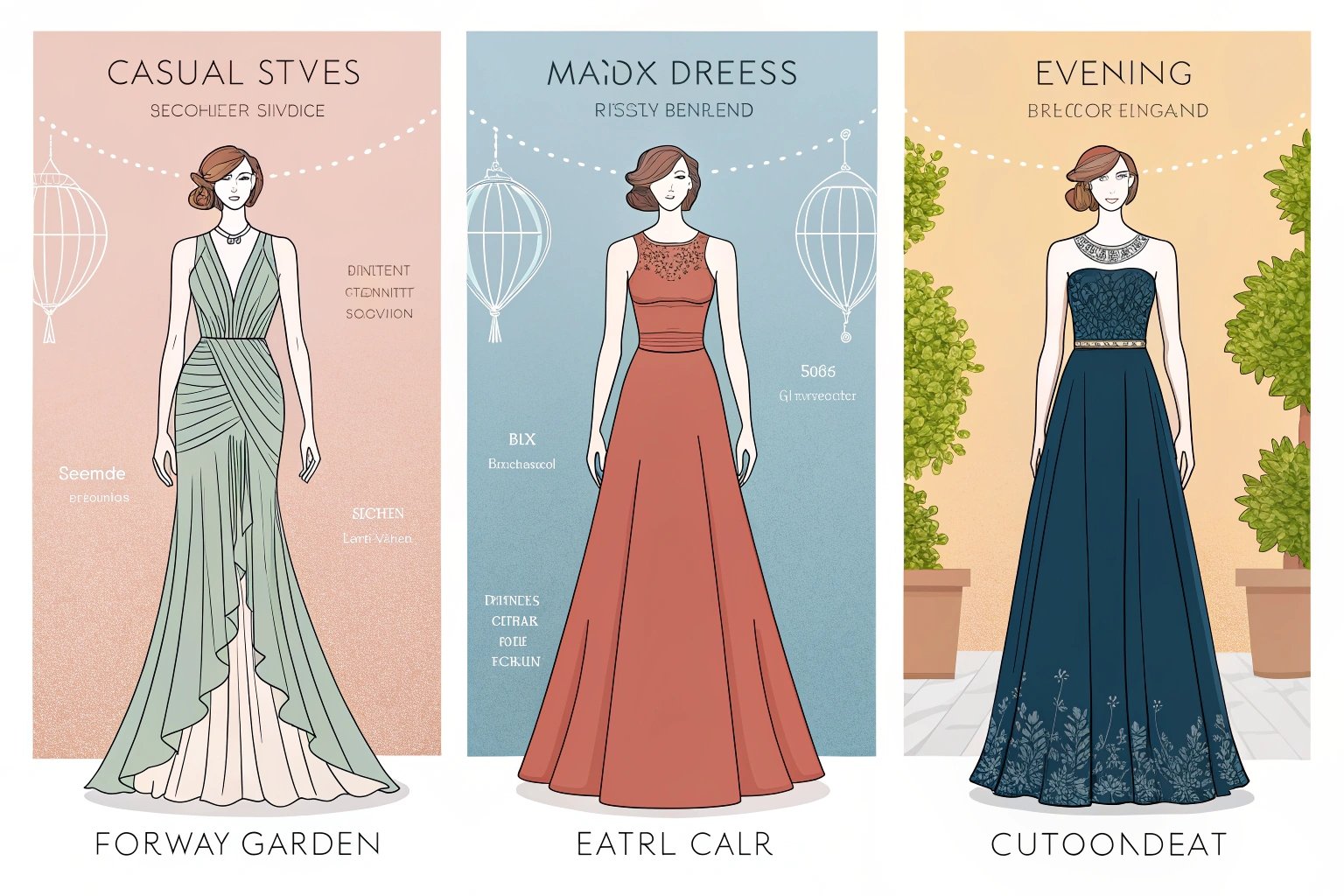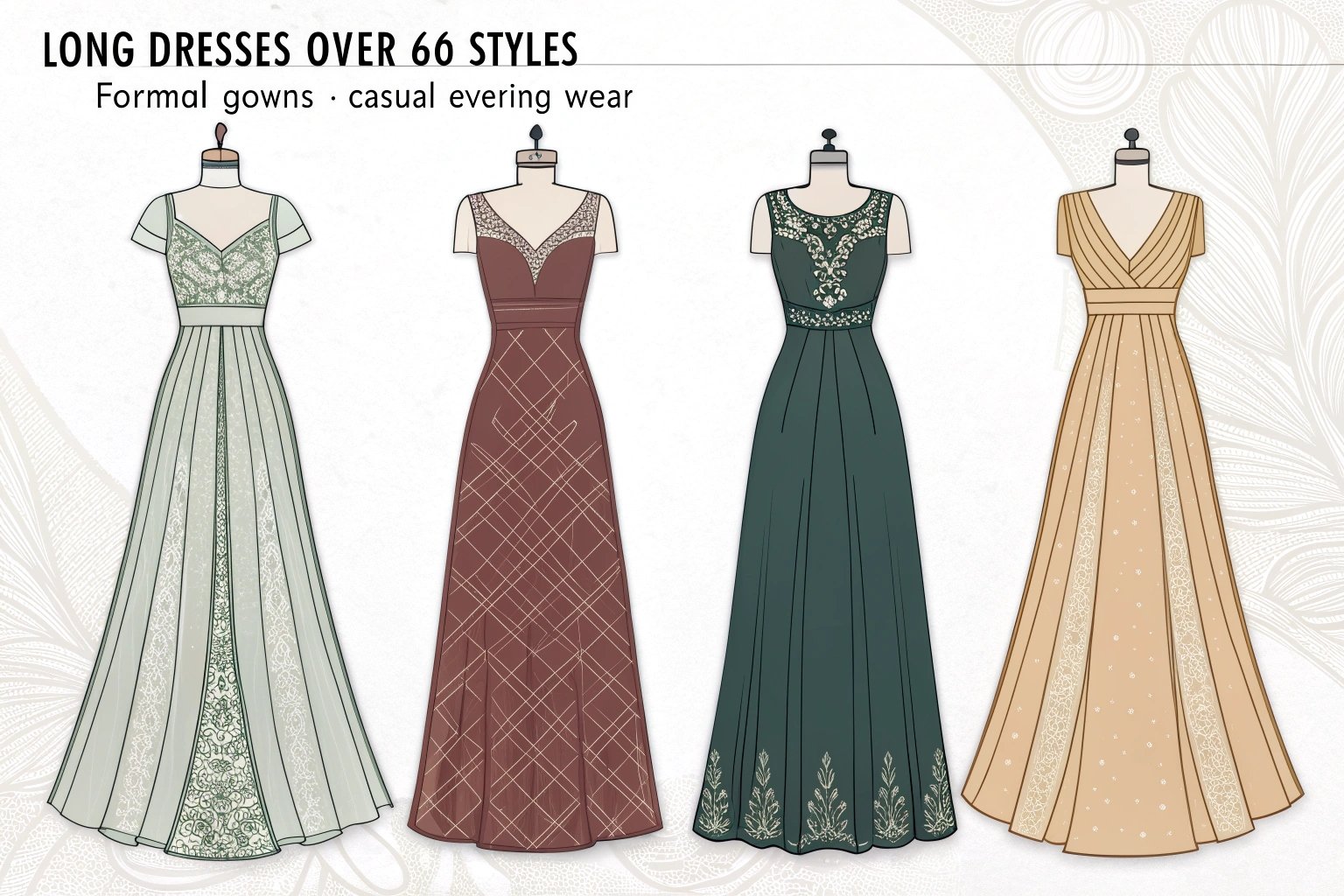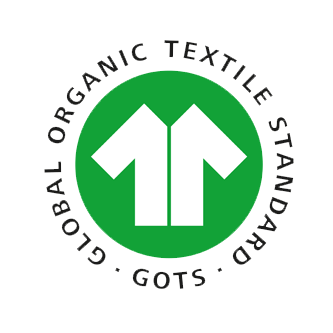Picking swim fabrics can feel messy. Too many names. Too many claims. Choose wrong, and suits sag, fade, or pill after a few swims. I solve this daily for brands. The right fabric turns designs into long‑lasting bestsellers.
The best swimwear materials balance 4‑way stretch1, high recovery, chlorine/UV resistance, colorfastness2, and quick‑dry comfort. Nylon blends feel soft and sleek; polyester blends3 win on chlorine and print stability. Quality elastane4 (18–25%) drives stretch; linings add opacity and support. Test with real water, sunlight, and abrasion before you scale.
I still remember my first failed launch. Beautiful colors. Terrible recovery. Returns flooded in. Since then, I never approve fabric without lab data and wet wear tests. Here is my exact playbook.
What Qualities Make a Fabric Ideal for Swimwear?
Swimwear works under stress—water, salt, sun, stretch, and movement. A good fabric must handle all five without losing shape or color.
Ideal swim fabrics offer 4‑way stretch with >90% recovery, dense knit for opacity when wet, quick drying, and resistance to chlorine, salt, sunscreen, and UV. UPF protection5 preserves skin and dyes. Construction matters too: stable tricot or circular knits outperform loose jerseys in water.
 Sunset Beach Walk
Sunset Beach Walk
How do stretch, durability, and quick‑dry properties affect performance?
Core performance metrics I demand
| Property | Target for core swim | Why it matters | How we check in-house |
|---|---|---|---|
| 4‑way stretch | 60–80% both directions | Comfort, freedom of movement | Stretch rig |
| Recovery (10 min) | ≥90% | Shape retention after swimming | Cycled extension |
| Fabric density | 170–230 gsm (shell) | Opacity when wet, support | GSM scale + wet test |
| Quick dry | <30 min to touch‑dry* | Comfort post‑swim | Timed towel‑press |
| Pilling resistance | Class 4–5 | Smooth surface after abrasion | Martindale test |
*Room temp, air circulation. We compare fabrics side by side.
Wet‑opacity reality check
We line light colors or rib textures. I do a “pool squat” test on a wet mannequin under bright light. If any shadow shows, add power‑mesh or full lining.
Why UV and chlorine resistance are essential
- UV resistance/UPF: Protects skin and prevents dye fade. Dark shades can still fade without UV‑stable dyes. Ask for UPF 50+ results on the finished fabric.
- Chlorine resistance: Regular elastane degrades in chlorinated pools. For swim‑school or fitness lines, choose chlorine‑resistant elastane or PBT blends. They keep stretch weeks longer in harsh pools.
What Are the Most Common Materials Used by Swimwear Manufacturers?
Not all knits are equal. Composition and knit type change feel, fit, print, and lifespan.
Nylon/elastane feels luxe and smooth with great drape. Polyester/elastane resists chlorine and holds prints best. PBT/polyester offers exceptional chlorine durability for training suits but feels firmer. Elastane percentage (usually 18–25%) drives stretch; quality grades change longevity. Recycled versions of nylon and polyester are strong options when vetted.

Nylon vs. polyester vs. spandex (elastane)
Side‑by‑side comparison
| Component / Blend | Strengths | Watch‑outs | Best use cases |
|---|---|---|---|
| Nylon 6,6 / Elastane (18–25%) | Soft hand, sleek drape, great recovery | Lower chlorine resistance than poly | Fashion swim, resort, premium fits |
| Polyester / Elastane (18–22%) | Colorfast prints, better chlorine & UV resistance | Slightly crisper hand than nylon | Graphic prints, family swim, DTC |
| Polyester / PBT (no elastane) | Outstanding chlorine endurance, shape stability | Firmer stretch, less “snap” feel | Training lanes, municipal pools |
| Ribbed knit (nyl or poly blend) | Trend texture, hides minor marks | Needs lining for opacity when wet | Trend capsules, tonal solids |
| Power‑mesh lining (120–160 gsm) | Support, tummy control | Add cost; ensure soft hand against skin | Plus/curve, shapewear swim |
Printing
Polyester accepts sublimation at scale with sharp edges. Nylon prefers digital/transfer or piece‑dye; match ink systems to dyestuff, or colors drift.
Are eco‑friendly fabrics a good choice?
- Recycled polyester (rPET): Great for prints and chlorine exposure. Consistent supply. Verify filament quality and finishing; poor lots feel scratchy.
- Regenerated nylon: Premium hand, strong like virgin. Ideal for fashion swim. Confirm dye uptake lot‑to‑lot.
- Dope‑dyed yarns: Lower water use, better colorfastness in darks. Color cards are less flexible but sustainability gains are real.
How Does a Swimwear Manufacturer Choose the Right Fabric for Your Brand?
I match fabric to use‑case, silhouette, and budget. One “best” fabric for all lines does not exist.
We start from your target wearer and channel. Fitness or resort? Chlorine or ocean? Compression or soft drape? Then we map fabric KPIs, choose shell + lining, lock print method, and confirm cost. If the numbers or tests fail, we swap early—before grading and trims.
Factors that drive fabric selection
Fit goal → fabric pick
| Design intent | Fabric choice | Lining plan |
|---|---|---|
| Sculpt/Control | Dense poly/elastane + power‑mesh | Full front + seat |
| Soft drape | Nylon 6,6/elastane, 180–200 gsm | Front only in light colors |
| Chlorine warrior | Poly/PBT or poly/chlorine‑resist elastane | Usually unlined or front only |
| Print showcase | Polyester/elastane (sublimation) | Match lining to shell tone |
Market & channel filters
- Swim schools/gyms: Chlorine resistance first. Dark solids. High abrasion rating.
- Resort/DTC fashion: Handfeel and color above all. Trend textures. Double lining for pale hues.
- Kids: UPF 50+, sand‑release, strong seam coverstitch.
Cost vs. quality trade‑offs
- GSM up, cost up: 10–15 gsm adds support but raises price and dry time.
- Chlorine‑resist elastane: Costs more but halves complaint rates in pool users.
- Print method: Sublimation saves on MOQ/color plates but locks you into polyester shells.
- Recycled yarns: +5–12% cost typically; offset with brand story and reduced returns.
What Fabric Innovations Are Changing the Swimwear Industry?
Innovation moved from runway to pool deck. We track three lanes: sustainability, durability, and comfort.
New solutions include regenerated nylon and recycled polyester with improved handfeel, chlorine‑resistant elastanes, dope‑dyed darks, ceramic or mineral‑infused yarns for cooling, and bio‑based finishes that resist sunscreen stains. Knitting tech now delivers rib and waffle textures with true 4‑way stretch and better wet opacity.

What’s new and why it matters
Sustainability
- High‑tenacity recycled filaments: Less fuzzing, better pilling grades.
- Solution dyeing: Deep blacks/navies that fade less and cut water/chemicals.
- Closed‑loop nylon regeneration: Lower impact with virgin‑like strength.
Performance
- Chlorine‑resistant elastane chemistries: Longer life for hybrid fashion‑fitness suits.
- Sand‑release knits: Tighter face, easier rinse at the beach.
- Sunscreen‑resistant finishes: Fewer oil stains on light colors.
Comfort & fit
- Engineered stretch maps: Zoned compression panels without extra seams.
- Soft‑touch backs: Brushed lining that stays smooth when wet.
How to Work with a Swimwear Manufacturer to Source the Best Materials
Great fabric selection is a process. You need data, touch, and water.
Ask for spec sheets, test reports, and real swatches. Request strike‑offs for prints and do wet‑fit trials on your fit model. Define acceptance criteria in the tech pack: stretch %, recovery, UPF, colorfastness, and shrinkage. Approve both shell and lining under wet, bright light.
What to ask about sourcing and testing
Questions I advise every brand to ask
- What are the exact composition and gsm of shell and lining?
- Provide stretch and recovery data in warp/weft.
- Share pilling, colorfastness (pool/sea), UPF, and chlorine test results.
- What print method suits this fabric? Any migration risk?
- Lead time, MOQ, and shade control policy across lots.
Practical test kit (simple but effective)
| Test | Method we use on day one | Pass/Fail idea |
|---|---|---|
| Wet opacity | Soak, wring, fit on light mannequin | No shadow lines |
| Recovery after swim | 30 cycles stretch to 80%, re‑measure width | ≥90% recovery |
| Chlorine soak | 20–40 ppm, 24–48 hrs, compare stretch/hand | Minimal change |
| Sunscreen stain | Apply SPF, wash cold, inspect | No persistent mark |
| Pilling | 10k rubs, Martindale | Grade 4–5 |
How to request and evaluate samples
- Round 1: Color cards, hand swatches (10×15 cm). Shortlist by handfeel + specs.
- Round 2: 1‑meter hangers of top 3. Cut proto. Start wet tests.
- Round 3: Print strike‑off or lab dip. Approve shade on shell + lining together.
- Pre‑production: Seal golden sample with stamped data. Store it. Compare TOP to it.
Conclusion
Great swimwear starts with the right fabric. Match use‑case to knit, verify stretch and recovery, insist on chlorine/UV performance, and test wet—always. Nylon blends delight in fashion; polyester systems win in chlorine and prints; recycled options shine when verified. Work closely with your manufacturer, and your suits will look new, season after season.
-
Understanding 4-way stretch is crucial for comfort and movement in swimwear, ensuring a perfect fit. ↩
-
Colorfastness ensures that swimwear maintains its vibrant colors after exposure to water and sunlight. ↩
-
Polyester blends are known for their durability and resistance to chlorine, ideal for active swimmers. ↩
-
Elastane is key for stretch and recovery, ensuring swimwear fits well and retains its shape. ↩
-
UPF protection is vital for safeguarding skin from harmful UV rays while swimming. ↩









